5 European Expressionist Artists to Know
The March 14 sale of 19th & 20th Century Art features a strong selection of original artworks, among them a run of those working in Eastern Europe in the first half of the twentieth century during a time disparity and turmoil. Below is a selection of five artists working during this period to note from the sale.
Carl Grossberg
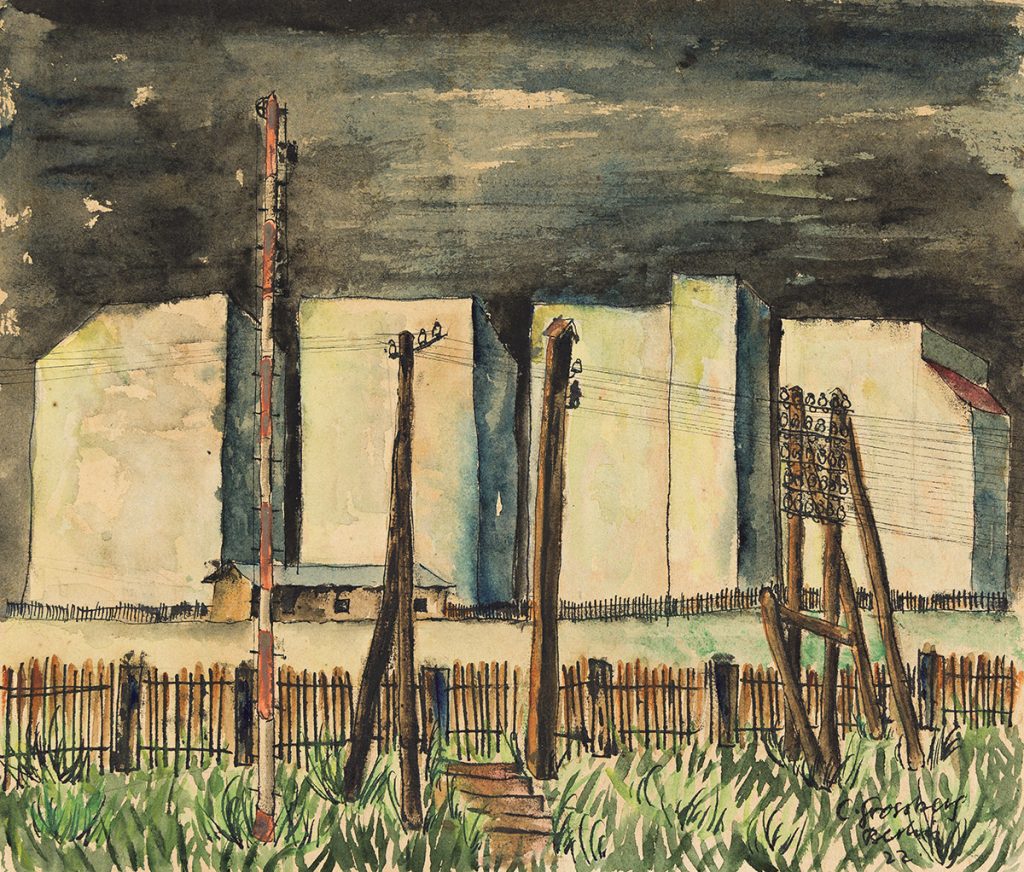
Justus Bier (1899-1990) was a German American art historian who championed the Bauhaus and contemporary German artists of the 1930s, including Paul Klee, Lionel Feininger, and Carl Grossberg, the latter of whom Bier befriended and profiled several times during the 1920s and 1930s. Grossberg (1894-1940) was trained at the Bauhaus and became a successful artist and interior designer during the 1930s, known for his meticulous portraits of new technology and machinery. Bier also found success during this time. He was curator of the Kestner Society and Museum in Hanover from 1930 until 1936, when the Society was closed by the Nazi government and Bier exiled. Alternatively, Grossberg remained in Germany and was drafted into military service in 1939. He died following an automobile accident in France a year later. After emigrating to the United States, Bier taught art history at the University of Kentucky, eventually chairing the department from 1946 to 1960. In 1960, Bier became the director of the North Carolina Museum of Art, and continued to lead the organization until his retirement in 1970.
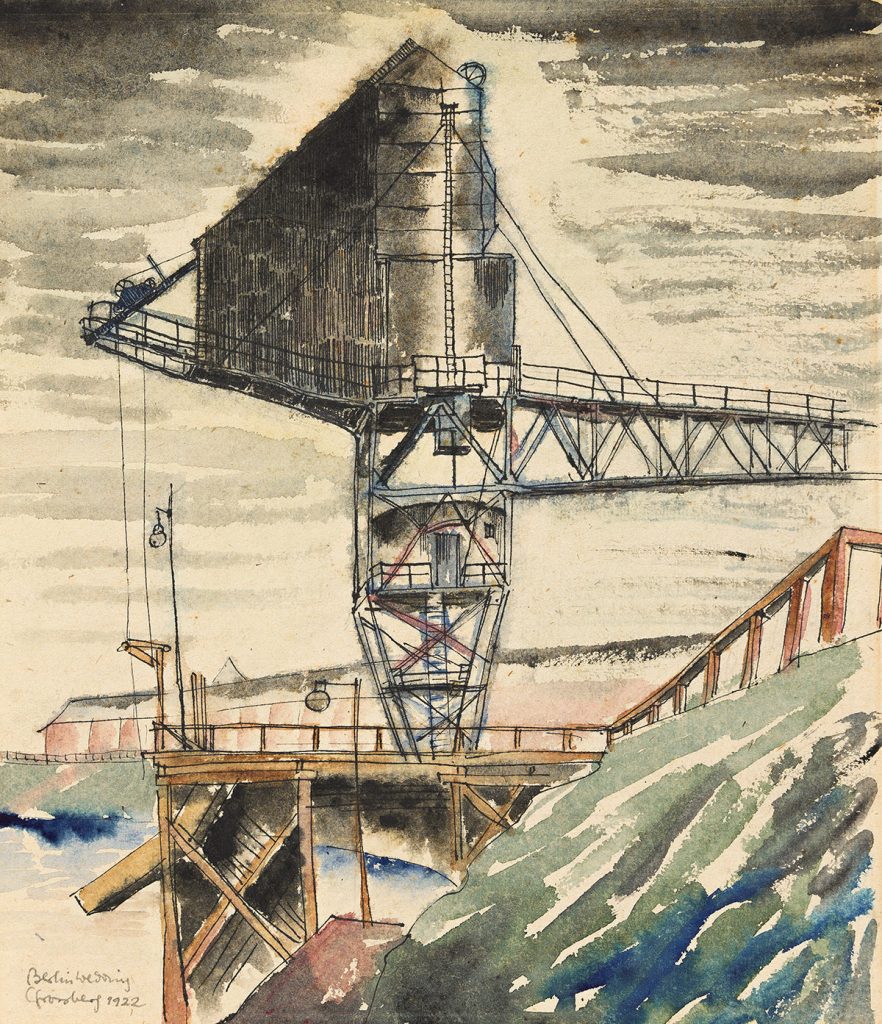
Heinrich Tischler
Tischler (1892-1938) moved to Breslau with his family in 1897 and studied art and architecture at the Breslau Academy. After World War I, Tischler returned to Breslau and became an instructor at the Academy. Though not as well-known today as some of his contemporaries from Breslau, Tischler was a close friend of Otto Mueller and one of many local artists to be championed by the esteemed collector Ismar Littmann. Tischler’s work was prohibited by the Nazis into the late 1930s, and, in 1938, he was sent to Buchenwald concentration camp where he died soon after.
Ernst Ludwig Kirchner
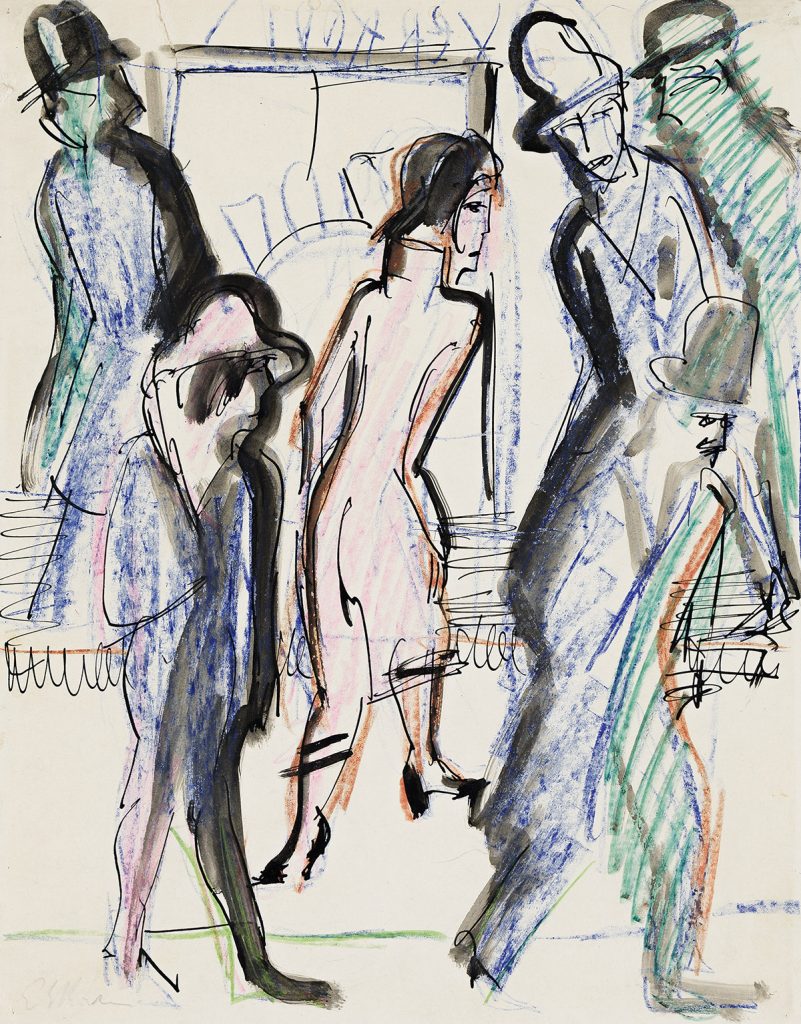
According to Hillary Reder, Curatorial Assistant, Department of Drawings and Prints, The Museum of Modern Art, New York, which holds numerous works by the artist, “In 1905, painter and printmaker Kirchner (1880-1938), along with Fritz Bleyl, Erich Heckel, and Karl Schmidt-Rottluff–all untrained in the visual arts–founded the artists’ group Die Brücke, or “The Bridge,” a moment that is now considered the birth of German Expressionism. Impelled, in Kirchner’s words, to express themselves ‘directly and authentically,’ they rejected academic art as stultifying and searched for means to make work that possessed a sense of immediacy and spontaneity. They culled inspiration from the emotionally expressive works of Vincent van Gogh and Edvard Munch; Oceanic and African art they encountered at ethnographic museums; and German Gothic and Renaissance art, which led them to enthusiastically embrace the woodcut, a print medium through which they pioneered their signature style, characterized by simplified forms, radical flattening, and vivid, non-naturalistic colors.
The Brücke artists craved to ‘bring life and art into harmony,’ upending conventions in both to cultivate what they considered a more instinctual and natural way of being–a reaction shared with a larger German youth movement against new realities of urbanization and conservative imperial German society. In their communal studio, decorated with non-Western art and erotic images, they made life-drawings from nude models in unselfconscious, informal poses. They spent summers together with their girlfriends on lakes near Dresden, allowing nudity and free love to reign, and conjuring this bohemian existence in their works. Kirchner’s woodcut of four nudes moving tranquilly in a rhythmic frieze, Bathers Throwing Reeds, 1909, typifies this period, embodying Brücke’s utopic vision of a world untouched by encroaching industrialization and other alienating forces of modern life.
Once Kirchner moved to Berlin, in 1911, and after Brücke disbanded, in 1913, he found a subject in Berlin itself, newly established as a cosmopolitan metropolis. He captured its hectic pace, chaotic intersections, and crowded sidewalks, focusing in particular on streetwalkers in his monumental series of 11 paintings known as Berlin Street Scenes. Among them is Street, Berlin, 1913, in which two finely dressed prostitutes with mask-like faces command the center of the street as indistinguishable men lurk in their wake. Kirchner found in prostitutes an apt symbol for Berlin, where anything could be bought and the potential for intrigue or danger was folded into the experience of moving with the ever growing, anonymous crowds pulsing through the city.
At the outbreak of World War I, Kirchner volunteered for service, but he soon experienced a physical and mental breakdown and was discharged. After convalescing in sanatoriums near Davos, he spent the rest of his life in the area, portraying its rural scenery, mountains, and villagers in his work. He also began to experiment with abstraction, reflecting his goal for ‘the participation of present-day German art in the international modern sense of style.’ But the Nazis deemed Kirchner’s art ‘un-German,’ and in 1937, as part of their Degenerate Art campaign–waged against works of modern art, which they seized by the thousands from museums and private collections–they removed more than 600 of his paintings from public collections. The following year, he took his own life.”
In its unflinching authenticity and directness, Kirchner’s intensely individual art upended traditional artistic traditions. He and his fellow Brücke artists were among the first of the 20th century to chart a course toward the myriad modern and contemporary art movements that followed and their art still resonates with the contemporary originality that it held in the 1910s-20s.
Leopold Gottlieb
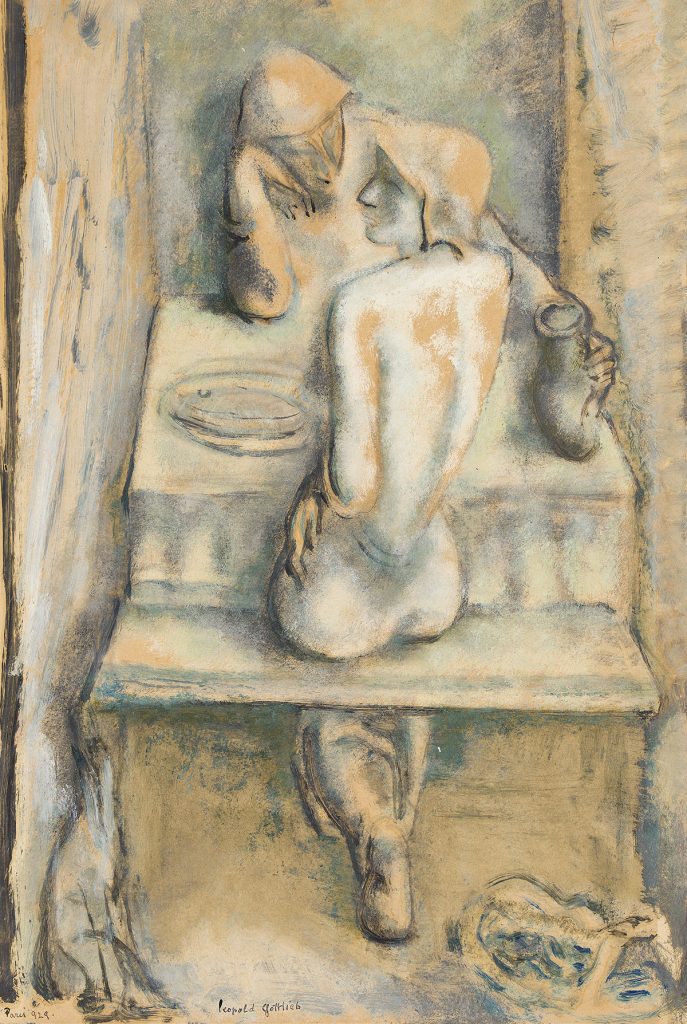
Gottlieb (1883-1934) was born in Galicia, Poland, then occupied by Austria. Like his older brother Maurycy (Moritz), who died in 1879, Gottlieb aspired to become an artist. After studying at the Academy of Art in Krakow, Gottlieb settled in Paris at the turn of the century, among the tight knit community of Jewish artists in Montparnasse. He showed at the Salon d’Automne and Salon des Independants and became known for his portraits and scenes with pale, classicized figures, like the current work. Notably, Gottlieb forged a friendship with Diego Rivera, who accompanied Gottlieb when he was challenged to a duel by Moïse Kisling in 1914. Gottlieb returned to Poland during World War I to join the Polish Legion and returned to Paris in the 1920s to resume his career as an artist.
Hendrik Nicolaas Werkman
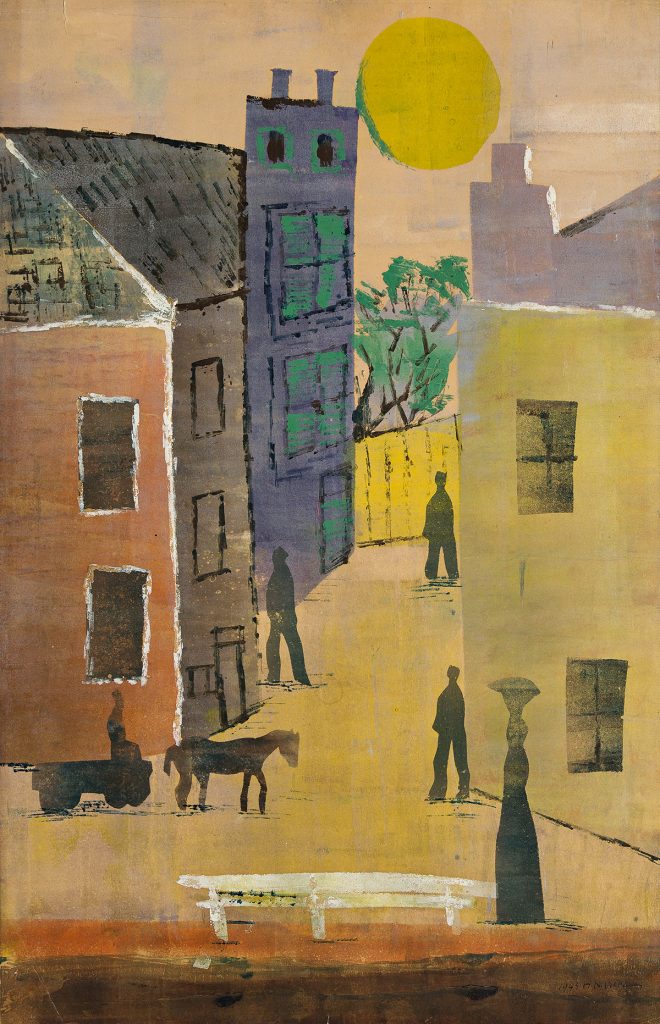
Werkman (1882-1945) was an experimental Dutch artist, typographer and printer. Born in Groningen, in the early 1900s he established a thriving printing and publishing business which was forced to close in 1923 due to financial setbacks. Thereafter, Werkman began working again as a self-taught experimental artist, printer and designer. He was a member of the artists’ group De Ploeg (“The Plough”), for whom he printed posters, invitations and catalogues, and through this group had contacts with other avant-garde artists including Theo van Doesburg, Kurt Schwitters, El Lissitzky and Michel Seuphor.
During the 1920s-30s, Werkman developed many experimental printing and design techniques. According to the Groninger Museum, which holds a significant collection of Werkman’s work, “The printing press became his artistic tool when he started experimenting with it in 1923 in the first of a long series of prints (druksels). He developed a unique technique using the printing material, the ink roller and the hand press. Later, he expanded his expressive capabilities with the use of templates and stamping techniques. Werkman’s total oeuvre comprises more than 2000 works, including paintings, watercolours, graphics, drawings and printed matter. But the prints constitute the core of his oeuvre. Werkman printed the earliest of these in small editions, but the vast majority are unique pieces, most of which, some four hundred, date from 1940-1945.” Another of his experimental techniques was the painstaking production of abstract designs using the typewriter, which he called tiksels. After 1929 he also began writing rhythmic sound poems.
In May 1940, soon after the German invasion of the Netherlands, Werkman started a clandestine publishing house, De Blauwe Schuit (“The Blue Barge”), which issued some forty different publications, each designed and illustrated by Werkman. These included a series of Hassidic stories from the legend of the Baal Shem Tov, for the publishing of which he ran afoul of the Nazis. On March 13, 1945, the Gestapo arrested Werkman, executing him by firing squad along with nine other prisoners in the forest near Bakkeveen on April 10th, three days before Groningen was liberated. Many of his paintings and prints, which the Gestapo had confiscated, were lost in the fire that broke out during the battle over the city.
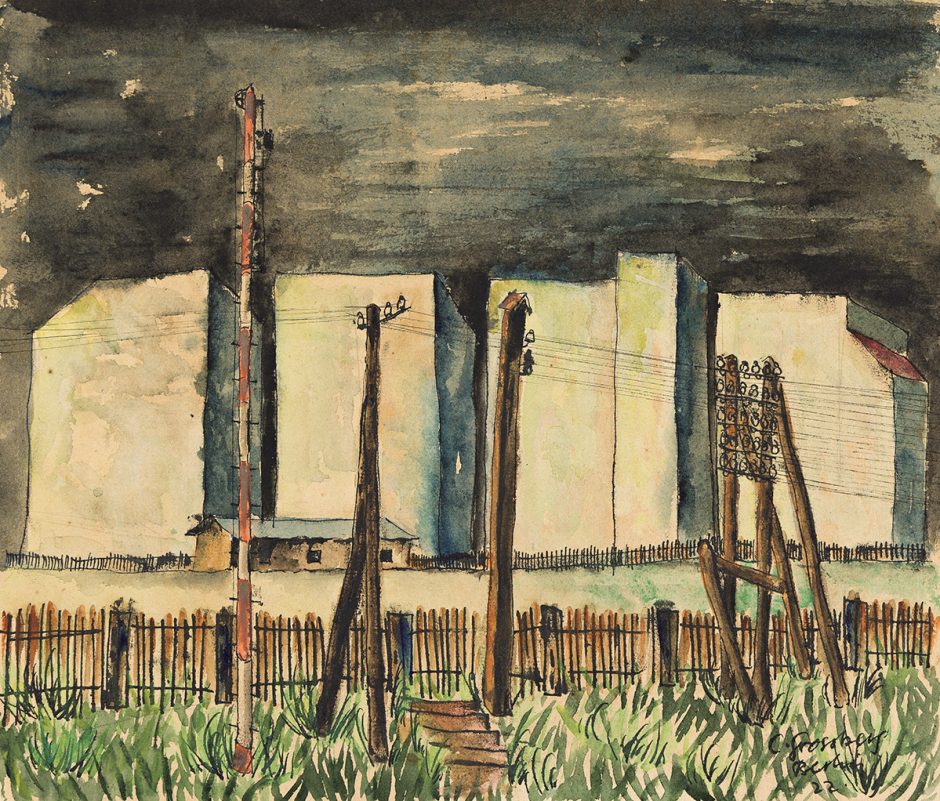
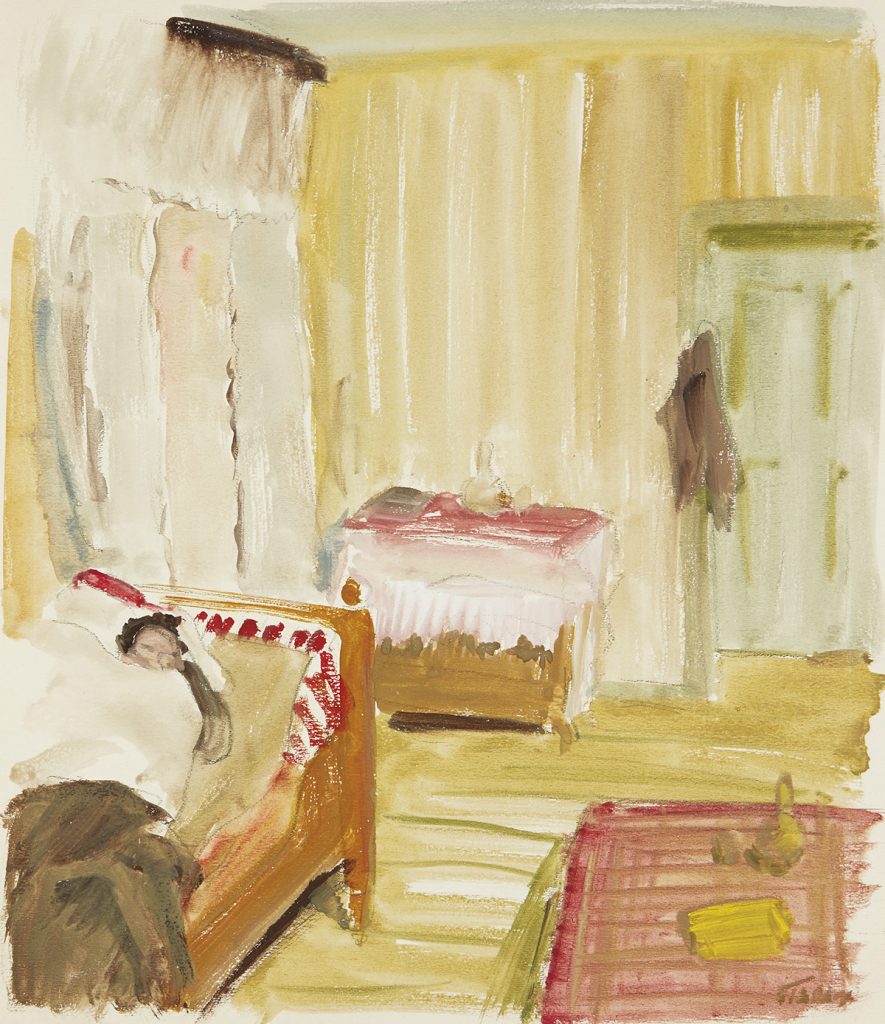
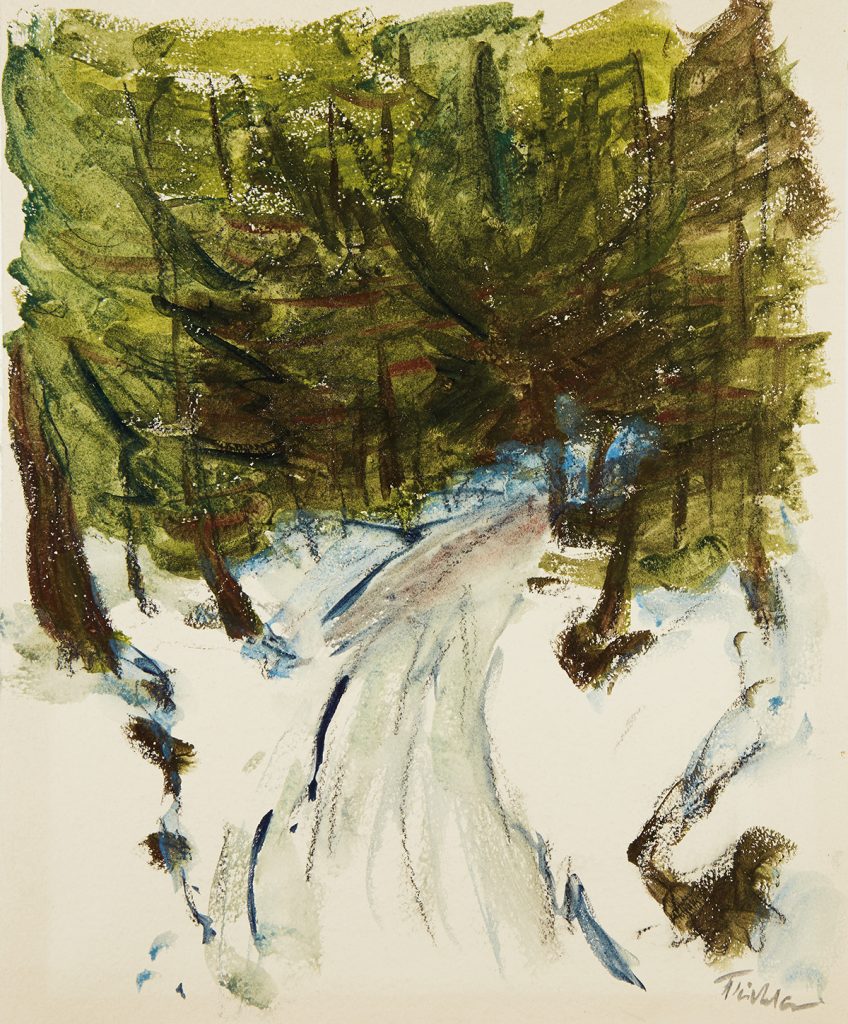
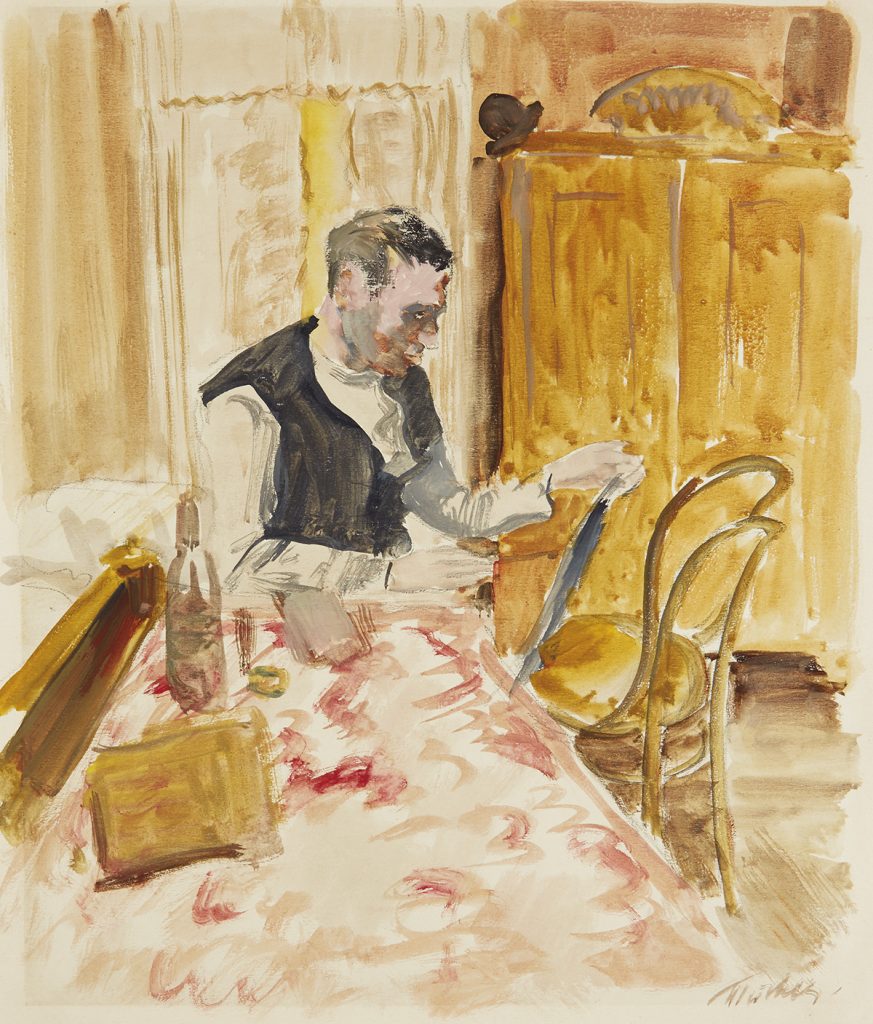
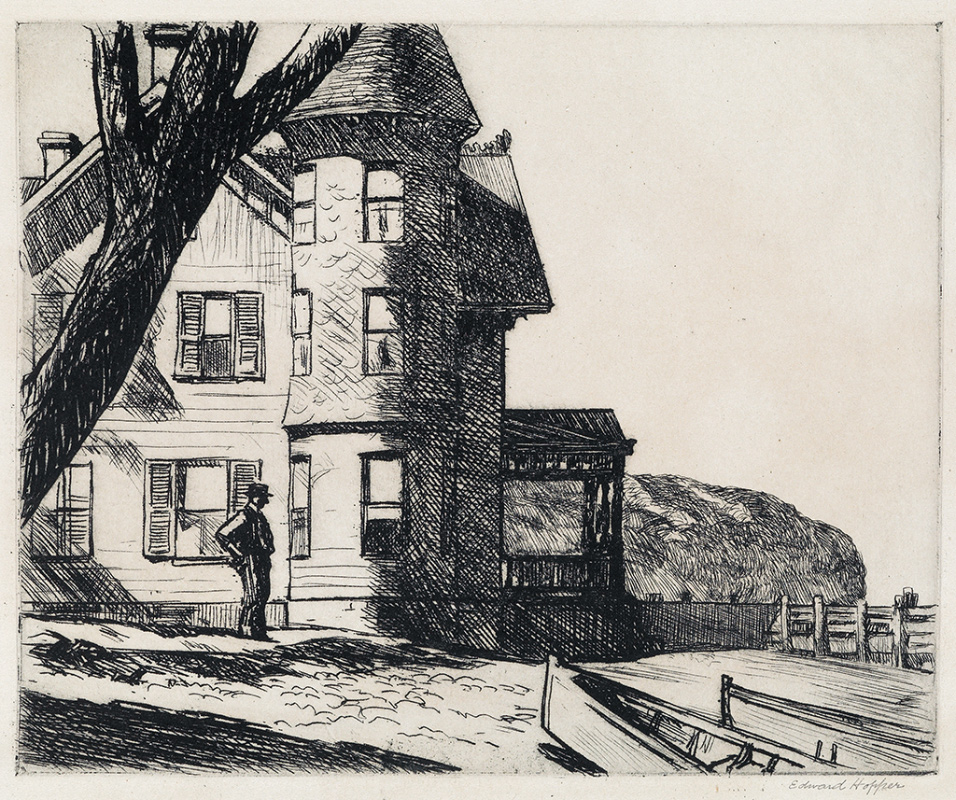
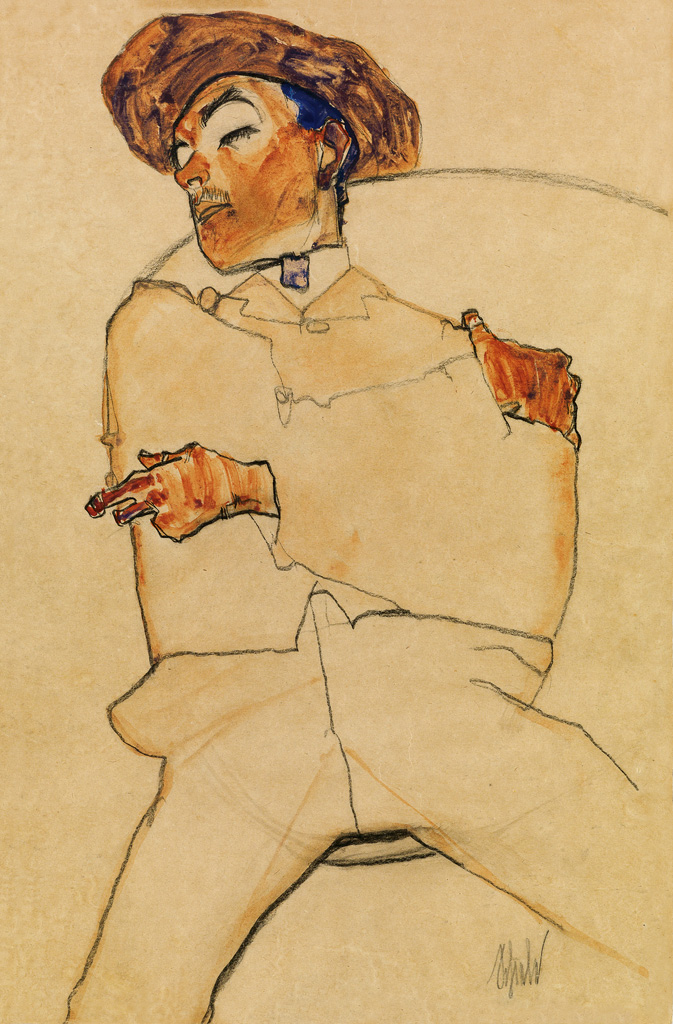
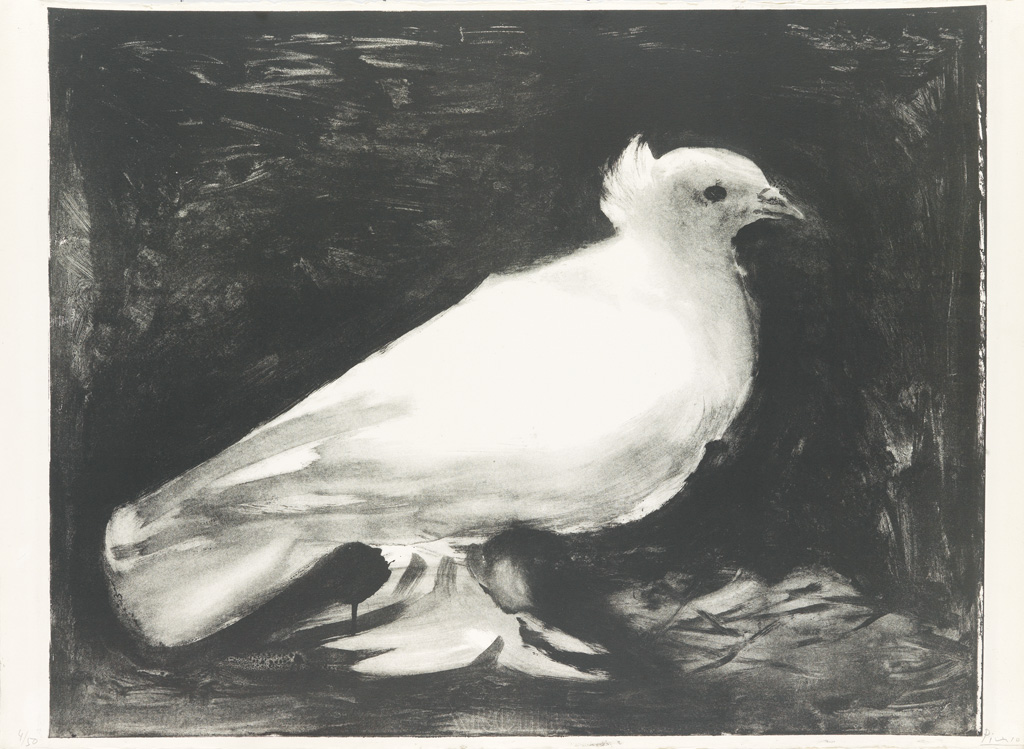










![Grace Meschery-McCormack shares about two copies of Fernando de Rojas’s ‘La Célestine,’ including a limited edition copy illustrated by Pablo Picasso.
At auction April 22. Learn more about the works at the link in our bio.
#Rarebooks #rarebookdealer #antiquarianbooks #auctions
_______________________________________
Music Credit:
Schubert - Piano Quintet in A major ‘The Trout’, D. 667 - IV. Andantino – Allegretto
Music provided by Classical Music Copyright Free on Youtube [https://tinyurl.com/visit-cmcf]
Watch: • Schubert - Piano Quintet in A major ‘...]](https://scontent-iad3-1.cdninstagram.com/v/t51.75761-15/491443494_18499096345036585_5935932878956098058_n.jpg?stp=dst-jpg_e35_tt6&_nc_cat=107&ccb=7-5&_nc_sid=18de74&_nc_ohc=OlBShB8qEWAQ7kNvwHbrXqd&_nc_oc=Adn09Fh3YL-11OkpQcrYGgFN9beLpm0IfGUn2bwN7iJs6d4v8qMeP8kSYmCw82y2ewU&_nc_zt=23&_nc_ht=scontent-iad3-1.cdninstagram.com&edm=AM6HXa8EAAAA&_nc_gid=I48jsxJwo9ZoAWYn9au3wg&oh=00_AfHBUMgxSwlbGJ-J9grZV8YWn6QTPcWAhOxtdTR-YDtzCA&oe=68199551)




